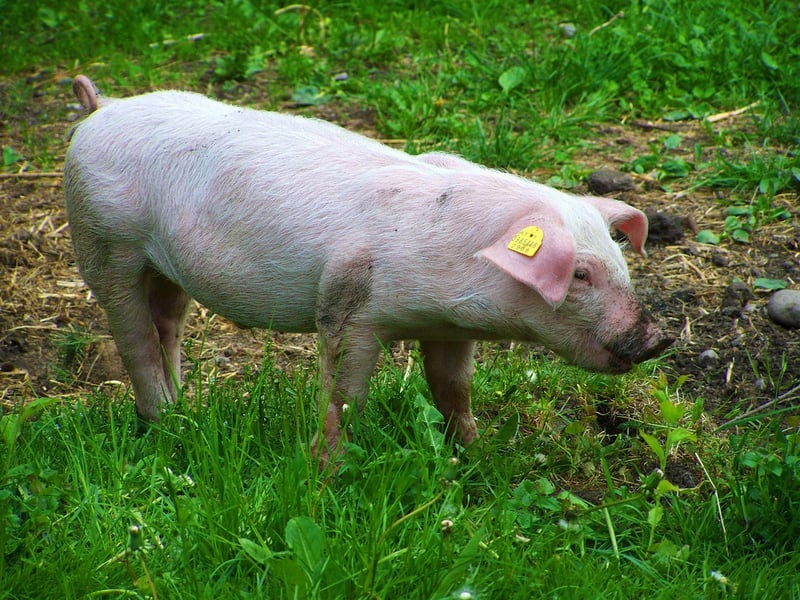Benefits of Sharing

The Power of Green Spaces: Connecting and Sharing Benefits
Introduction
Green spaces play a vital role in fostering connections within communities and providing numerous benefits for individuals. In this article, we explore the significance of green spaces in enhancing relationships and the advantages of sharing these spaces with others.
Connecting Through Green Spaces
Green spaces, such as parks, gardens, and natural reserves, serve as gathering spots where people come together to relax, exercise, and socialize. These areas create a sense of belonging and community spirit, offering a shared space where individuals can bond over common interests.
Benefits of Green Spaces
- Improved Mental Well-being: Spending time in green spaces has been linked to reduced stress levels, improved mood, and enhanced mental clarity.
- Physical Health: Green spaces encourage physical activity such as walking, jogging, and cycling, leading to better fitness and overall health.
- Social Interaction: Parks and other green areas provide opportunities for socializing, making new friends, and strengthening existing relationships.
- Environmental Benefits: Green spaces contribute to cleaner air, reduced pollution, and a healthier ecosystem for both humans and wildlife.
Benefits of Sharing Green Spaces
Sharing green spaces with others amplifies the positive impact of these natural environments. When people come together to enjoy a park or garden, they create a sense of unity and shared responsibility for preserving these valuable communal resources.
Enhanced Sense of Community
By sharing green spaces, individuals foster a feeling of community and togetherness. Collaborative activities such as picnics, sports events, and environmental clean-ups strengthen bonds among neighbors and create a supportive network within the neighborhood.
Encouraging Sustainability
When communities share and care for green spaces, they promote sustainable practices and environmental stewardship. By collectively maintaining these areas, residents contribute to the preservation of natural habitats and biodiversity for future generations.
Conclusion
Green spaces serve as more than just recreational areas; they are hubs for connection, well-being, and environmental sustainability. By recognizing the value of sharing these spaces with others, communities can reap the collective benefits of a healthier, happier, and more connected society.
Remember to cherish and share your local green spaces for a better tomorrow!